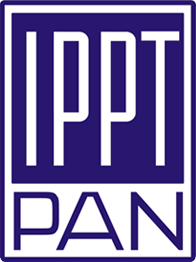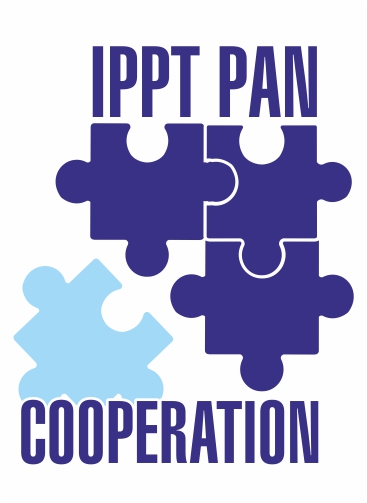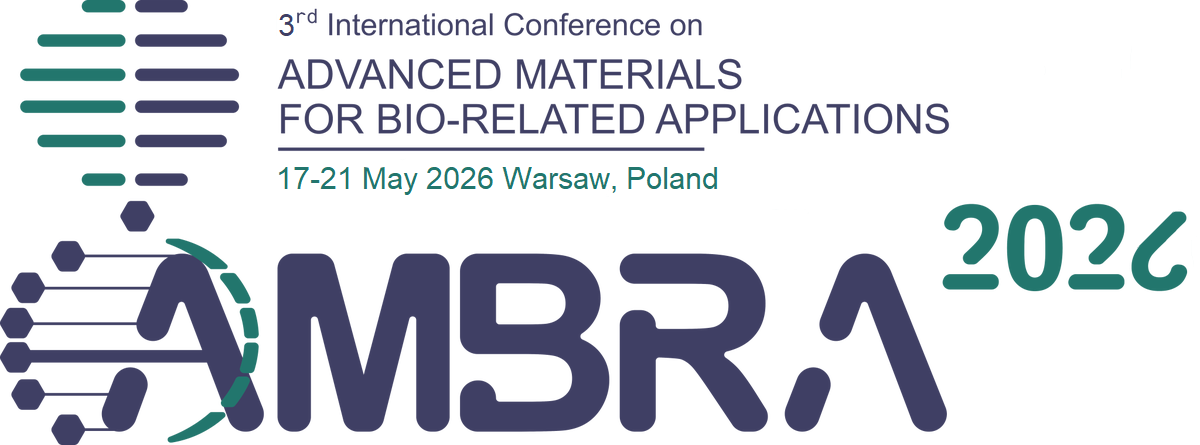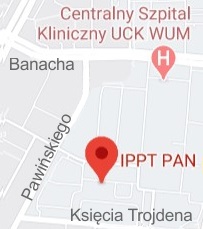| 1. |
Michalska M.♦, Sarman M.♦, Sharma J., Kumar C., Sobczak K.♦, Kumar Singh P.♦, Jain A., Exploiting spinel manganese oxide decorated with silver nanoparticles as electrodes for supercapacitor application,
Scientific Reports, ISSN: 2045-2322, Vol.15, No.21597, pp.1-12, 2025 Abstract:
This work presents a novel approach to the development of supercapacitor technology through the integration of a gel polymer electrolyte (GPE) and Ag nanoparticle (NP) modified Mn3O4 electrodes. To the best of our knowledge, this is the first study to employ a GPE comprising poly(vinylidene fluoride)-co-hexafluoropropylene (PVdF-HFP) as the host polymer, propylene carbonate (PC) as the plasticizer, and magnesium perchlorate (Mg(ClO4)2) as the salt, in conjunction with Ag NP-modified Mn3O4 electrodes. The study also introduces a pioneering low-temperature ultrasonication method for the attachment of Ag NPs to Mn3O4, which eliminates the need for a reducing agent. This approach is characterized by its simplicity, cost-effectiveness, and scalability, offering significant advantages over conventional methods. The electrochemical performance of the resulting supercapacitor cells, featuring the modified electrodes and novel GPE, was comprehensively evaluated, yielding a single electrode specific capacitance of 9.38 F g⁻¹, with an energy density of 1.9 Wh kg⁻¹, and a power density of 30.8 W kg⁻¹. The findings demonstrate the potential of this new system to enhance energy storage capabilities, marking a substantial advancement in supercapacitor research, and this study sets the foundation for future investigations into scalable, high-performance energy storage solutions, emphasizing both innovation in material design and process optimization Keywords:
Manganese oxide, Mn3O4, Silver nanoparticles, Ag, Gel polymer electrolyte, Supercapacitor Affiliations:
| Michalska M. | - | Łukasiewicz Research Network‒Institute of Electronic Materials Technology (PL) | | Sarman M. | - | other affiliation | | Sharma J. | - | IPPT PAN | | Kumar C. | - | IPPT PAN | | Sobczak K. | - | other affiliation | | Kumar Singh P. | - | other affiliation | | Jain A. | - | IPPT PAN |
|  |
| 2. |
Buragohain A.♦, Hazarika A.♦, Jain A., Sobczak K.♦, Binoy K.♦, Mahanta D.♦, Interacting network structure of oxygen deficient Bi2O2.33 nanosheets as battery-type electrode material in electrochemical hybrid capacitor with wide potential window and excellent cyclic stability,
Electrochimica Acta, ISSN: 0013-4686, DOI: 10.1016/j.electacta.2025.147108, Vol.539, No.147108, pp.1-13, 2025 Abstract:
One of the foremost challenges in advancing aqueous electrochemical energy storage devices is improving their energy density and cyclic stability performance while preserving high power density. In this study, oxygen-deficient Bi2O2.33 nanosheets with interacting network structure are synthesised using tetrabutylammonium bromide (TBAB), which perfectly works as electrode material in the potential window from -1 to 0 V (vs. Ag/AgCl) in 0.5 M Na2SO4 electrolyte. Interestingly, skipping the addition of TBAB in the synthesis procedure leads to the formation of α-Bi2O3 with an irregular aggregated morphology, resulting in poor electrochemical performance in the three-electrode electrochemical cell as compared to Bi2O2.33. The specific capacity found for Bi2O2.33 electrode is 555.4 C g-1, while it is found to be 129 C g-1 for α-Bi2O3 at a current density of 1 A g-1. This Bi2O2.33 electrode, which is identified as a battery-type electrode, is further successfully combined with a bio-derived activated carbon electrode, a well-known capacitive electrode material, by balancing the charges to fabricate a pouch-type hybrid electrochemical capacitor (HEC). The pouch-type HEC, using aqueous Na2SO4 electrolyte with a 2.0 V potential window, delivers excellent performance: areal capacitance of 131.5 mF cm-2, volumetric capacitance of 526.1 mF cm-3, energy density of 73.1 μW h cm-2, and power density of 999.9 μW cm-2 at a current density of 1 mA cm-2. The fabricated device provides capacitance retention of 97.8 % after 10,000 continuous galvanostatic charge-discharge (GCD) cycles Keywords:
Asymmetric supercapacitor, Pouch-type hybrid capacitor, Aqueous electrochemical capacitor, Polycrystalline metal oxide, Battery-type electrode Affiliations:
| Buragohain A. | - | other affiliation | | Hazarika A. | - | other affiliation | | Jain A. | - | IPPT PAN | | Sobczak K. | - | other affiliation | | Binoy K. | - | other affiliation | | Mahanta D. | - | other affiliation |
|  |
| 3. |
Krajewski M., Lewińska S.♦, Kubacki J.♦, Sikora M.♦, Sobczak K.♦, Tokarczyk M.♦, Ślawska-Waniewska A.♦, Solvent-depended magnetic-field-induced synthesis of iron nanochains,
Materials Letters, ISSN: 0167-577X, DOI: 10.1016/j.matlet.2024.137533, Vol.377, No.137533, pp.1-4, 2024 Abstract:
This work presents a synthesis of iron nanochains through magnetic-field-induced reduction reaction performed with sodium borohydride in water, ethanol and isopropanol. After their preparation, the nanomaterials obtained in three different processes are washed several times in ethanol and acetone to remove side-products. The performed cleaning step is very sufficient for water-based synthesis of iron nanochains. In contrary, the nanostructures obtained in ethanol and isopropanol contain a significant amount of sodium chlorides which is hard to dispose. Moreover, the use of ethanol and isopropanol solvents causes the reduction of nanochains’ diameters. Both the presence of sodium chlorides and the reduction of diameter size result in the decrease of saturation magnetization of iron nanochains and the increase of their coercivities. Keywords:
One-dimensional nanostructures, Iron nanochains, Magnetic materials, Magnetic-field-induced synthesis Affiliations:
| Krajewski M. | - | IPPT PAN | | Lewińska S. | - | Institute of Physics, Polish Academy of Sciences (PL) | | Kubacki J. | - | Silesian University of Technology (PL) | | Sikora M. | - | other affiliation | | Sobczak K. | - | other affiliation | | Tokarczyk M. | - | University of Warsaw (PL) | | Ślawska-Waniewska A. | - | other affiliation |
|  |


















